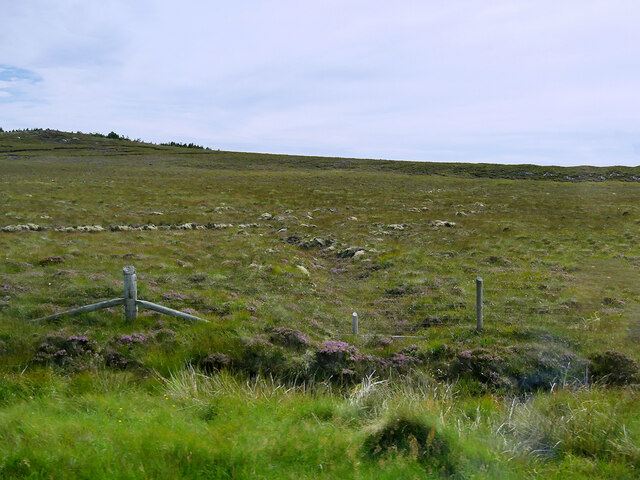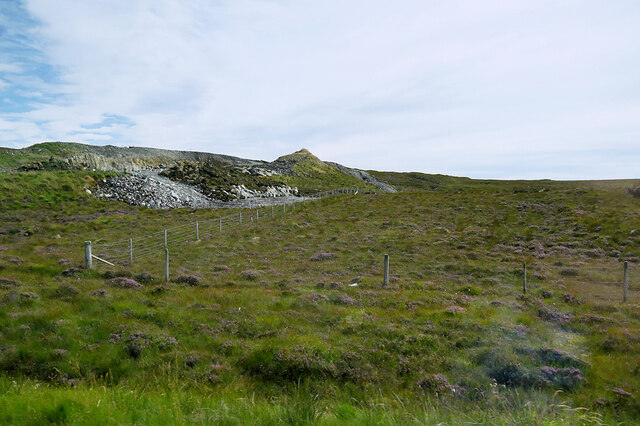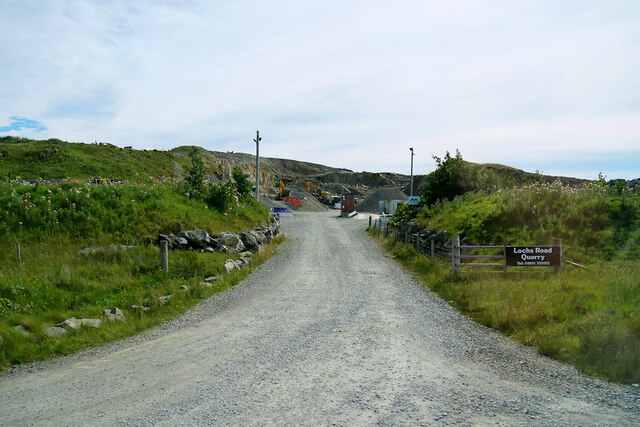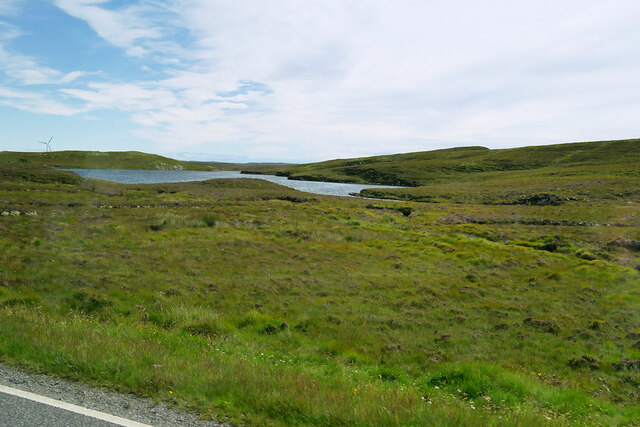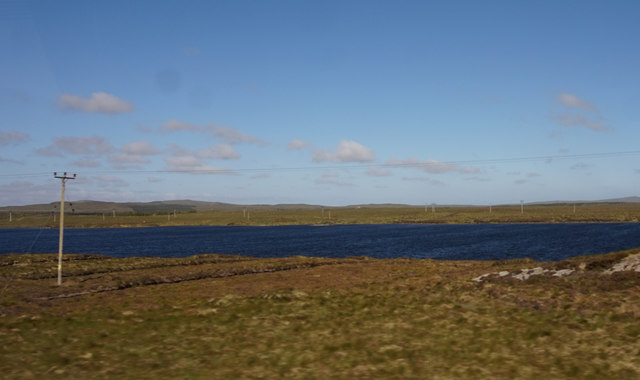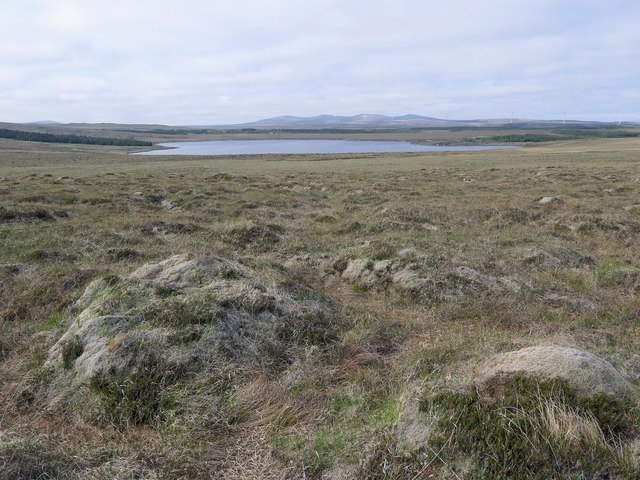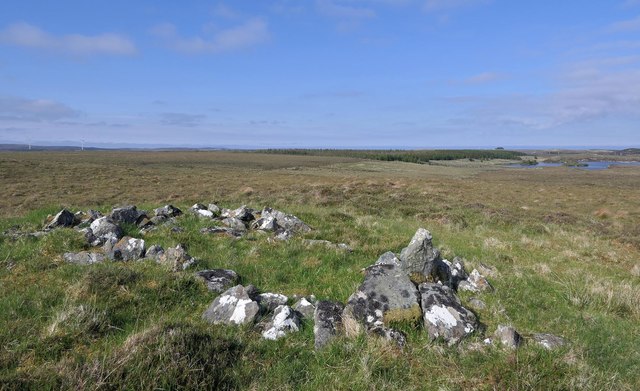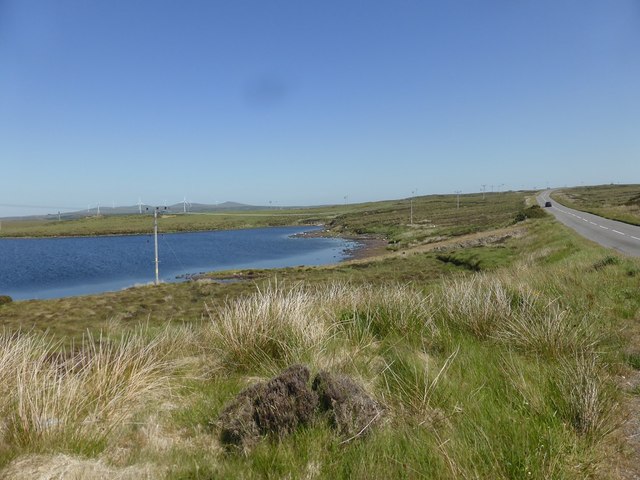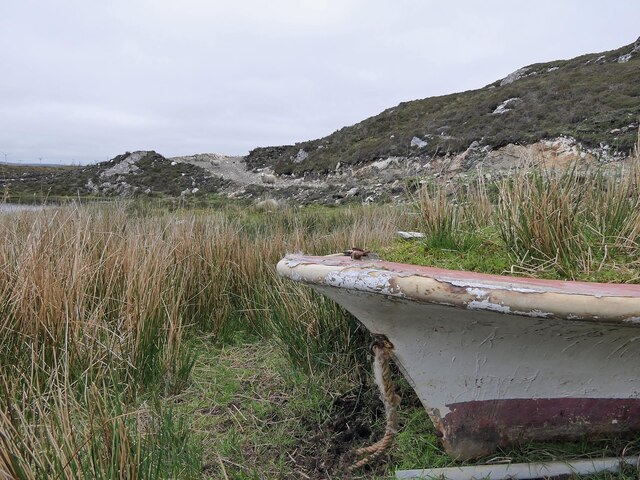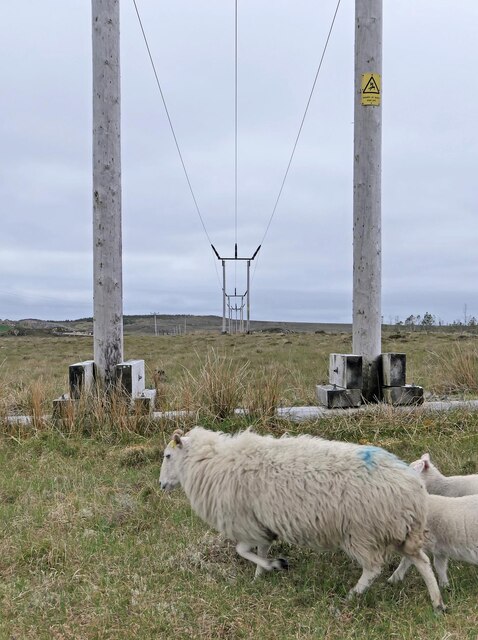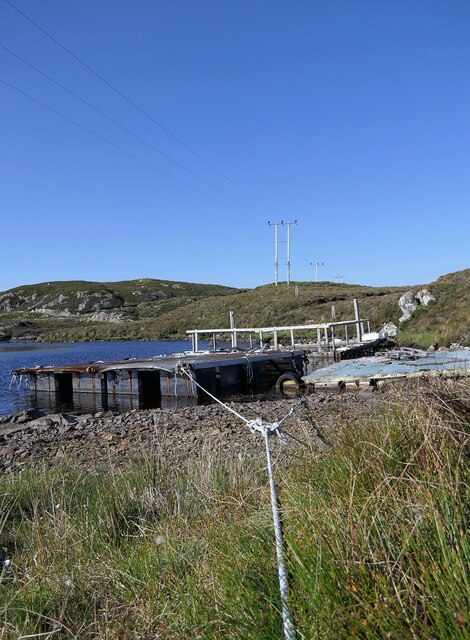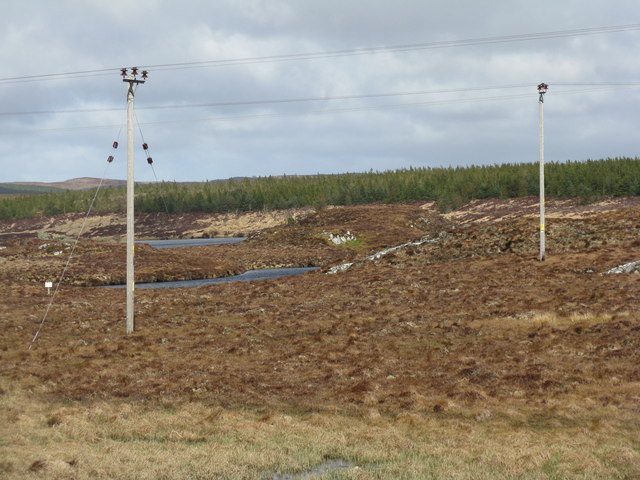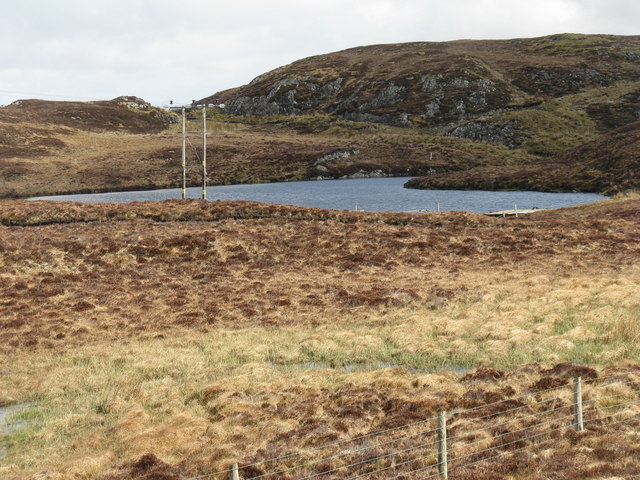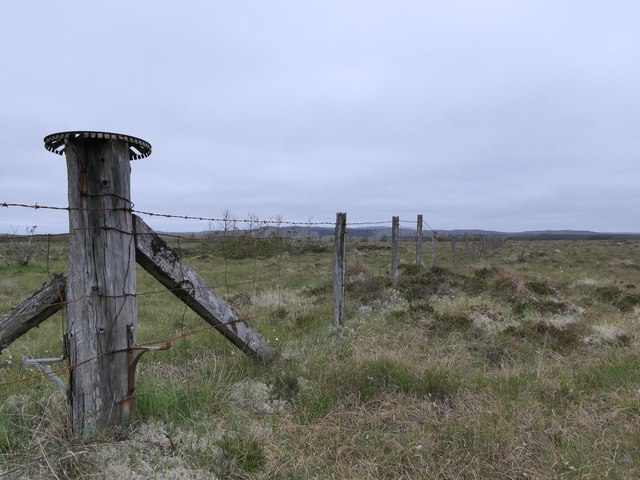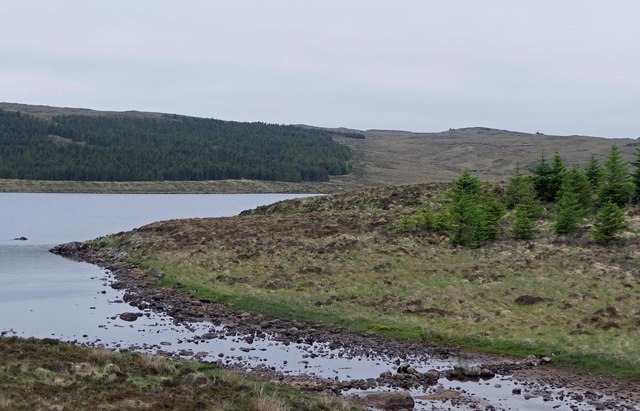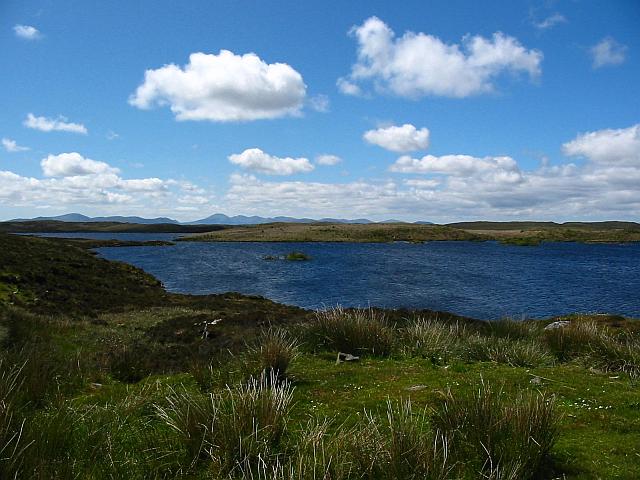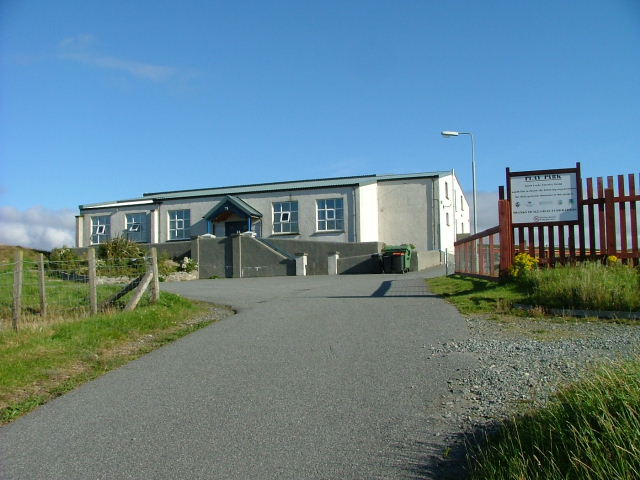Loch Faoileag
Lake, Pool, Pond, Freshwater Marsh in Ross-shire
Scotland
Loch Faoileag
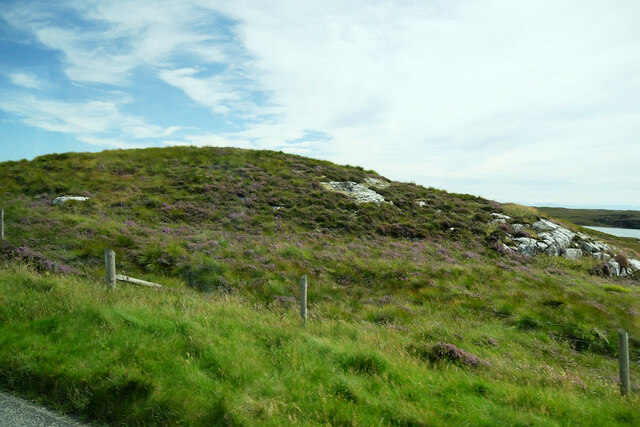
Loch Faoileag is a small freshwater loch located in Ross-shire, Scotland. The loch is nestled in a picturesque setting, surrounded by rolling hills and lush greenery. It covers an area of approximately 5 hectares, making it a relatively small body of water.
The loch is a popular spot for fishing enthusiasts, with a variety of fish species inhabiting its waters, including trout and perch. The calm and tranquil nature of the loch makes it an ideal location for a relaxing day of fishing or simply enjoying the peaceful surroundings.
In addition to its recreational opportunities, Loch Faoileag also serves as an important habitat for a range of wildlife species. Birdwatchers may spot a variety of bird species, such as ducks, herons, and swans, frequenting the loch's shores.
Overall, Loch Faoileag is a charming and serene destination for those seeking a peaceful retreat in the heart of the Scottish Highlands. Whether you're interested in fishing, birdwatching, or simply taking in the natural beauty of the area, Loch Faoileag offers a tranquil escape from the hustle and bustle of everyday life.
If you have any feedback on the listing, please let us know in the comments section below.
Loch Faoileag Images
Images are sourced within 2km of 58.178255/-6.4958313 or Grid Reference NB3529. Thanks to Geograph Open Source API. All images are credited.
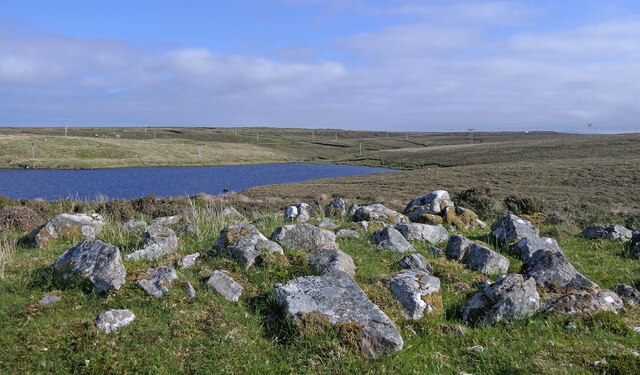
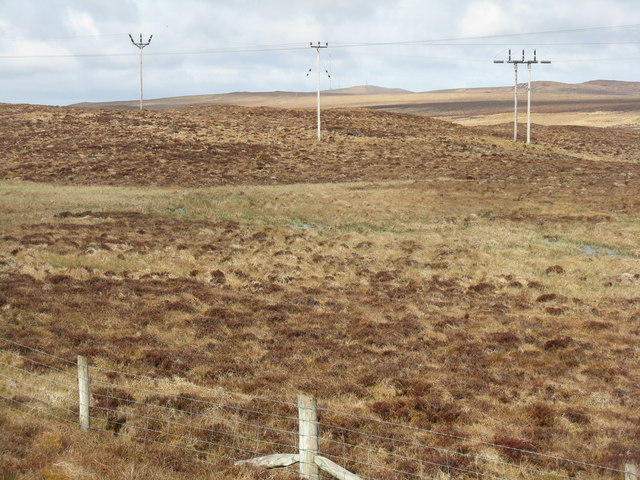
Loch Faoileag is located at Grid Ref: NB3529 (Lat: 58.178255, Lng: -6.4958313)
Unitary Authority: Na h-Eileanan an Iar
Police Authority: Highlands and Islands
What 3 Words
///commander.cassettes.crypt. Near Leurbost, Na h-Eileanan Siar
Nearby Locations
Related Wikis
Rainish Eilean Mòr
Rainish Eilean Mòr is an uninhabited island in Loch Orasaigh, north of the village of Leurbost in the area of South Lochs on the Isle of Lewis, Lewis and...
Leurbost
Leurbost (Scottish Gaelic: Liùrbost) is a village on the east coast of the Isle of Lewis in the Outer Hebrides of Scotland. It is approximately 6 miles...
Achmore, Lewis
Achmore (Scottish Gaelic: An t-Acha Mòr; marked on some maps as Acha Mòr) is a village in the Scottish Outer Hebrides, on the Isle of Lewis. The name means...
North Lochs
North Lochs, (Scottish Gaelic: Ceann a Tuath nan Loch), an area in eastern Lewis, Outer Hebrides, Scotland, is named for the many lochans (small lochs...
Have you been to Loch Faoileag?
Leave your review of Loch Faoileag below (or comments, questions and feedback).
